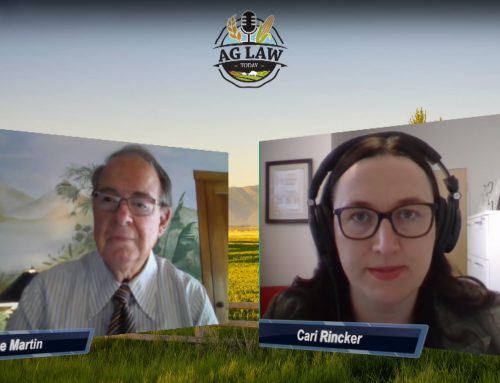Hurricane Matthew threatened the state of Florida with category 3 and 4 hurricane-level winds during the first week of October, adding salt to the Florida citrus industry wound that is citrus greening. The storm had the potential to cause devastation on a grand scale to the state’s citizens and infrastructure. Florida’s citrus industry feared the intense winds and rains would wreak havoc with their already dwindling harvests by making fruit fall and damaging citrus trees.
Thankfully, the storm never truly made landfall in the Sunshine State. It moved up the east coast of Florida with the eye never making it over land. The full force of the hurricane never made it ashore, and the damage it caused was minor. The impacts to agriculture and the environment were much less than they could have been.
Florida Citrus Industry Damage
The Central Florida citrus region saw little to no impact from the storm because Matthew never made it into the interior of Florida. Southwest Florida also saw little to no effects. Since the eye of the storm never moved over land, the storm’s effects on those two portions of the Florida Citrus Industry were less than a direct hit.
Initial accounts from out of the Indian River citrus area reported that there was damage to that area’s citrus, especially grapefruit, but updates from after the storm moved north indicate the damage inflicted on citrus in the area was minimal. Reports maintain that a small amount of grapefruit fell in the region, but it seems the damage was scattered and minimal.
It’s true that the trees could still drop fruit in the coming weeks due to stress caused by the storm, but, again, it is believed the damage will be much less than if the hurricane had made landfall. If past hurricanes are any indication, then Matthew could have easily destroyed the bulk of the year’s crop. It would be a severe blow to the Florida Citrus Industry, which is already crippled by citrus greening.
Environmental Impacts
While the Florida Citrus Industry and other agriculture sectors got a pass from Matthew, the sand of Florida’s east coast beaches did not fare as well. Reports indicate Matthew caused widespread beach erosion up and down Florida’s tourist-traveled beaches. Many sand dunes that protect roads and buildings during storms such as Hurricane Matthew will need costly repairs.



